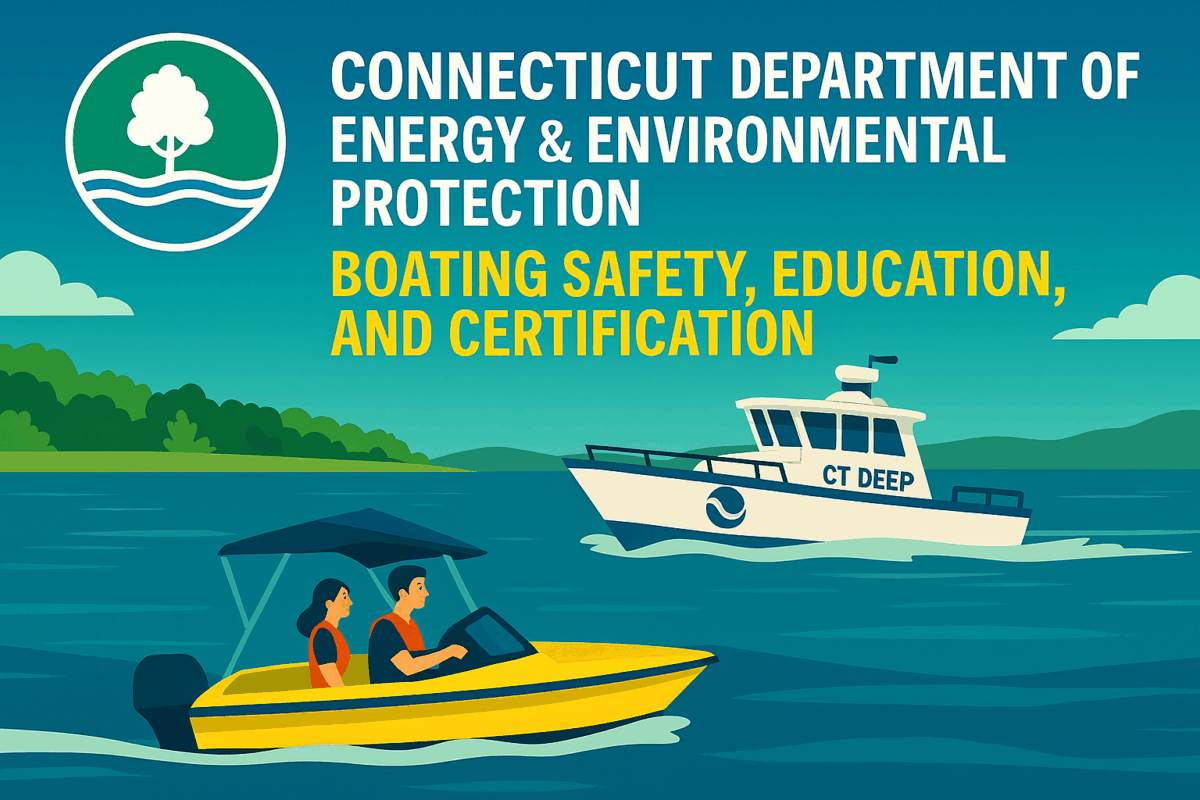Call: 1-800-832-7191

CT DEEP Slalom Course & Jump Permit Application
Understanding the Purpose of the Permit
Water skiing activities require careful planning and regulation to ensure safety and environmental protection. Connecticut mandates permits for slalom courses and jump ramps. These structures can impact navigation, wildlife, and shoreline stability. The CT DEEP Slalom Course & Jump Permit Application helps manage these risks through a structured approval process.
Applicants must demonstrate that their proposed site meets specific criteria. These include water depth, distance from shore, and absence of hazards. The goal is to balance recreation with responsible stewardship of public waters.
CT DEEP Slalom Course & Jump Permit Application Requirements
The application includes detailed safety and environmental guidelines. Water bodies must exceed 100 acres and have depths of at least six feet. Proposed sites must be 100 feet from docks, homes, and other activity zones.
Environmental standards are equally strict. No wetlands, nesting sites, or fish spawning areas may exist within designated buffer zones. Applicants must submit a safety and environmental impact statement with expert references. These documents help DEEP evaluate the proposal’s potential effects on local ecosystems.
Steps to Complete the Application
Start by reviewing the official application packet from the DEEP Boating Division. Include a detailed map and diagram of the proposed course or jump. Use magnetic bearings and fixed shore references for accuracy. Avoid purchasing equipment before approval to prevent legal issues.
Next, request a Natural Diversity Data Base review to confirm no endangered species will be affected. Once submitted, DEEP will schedule a field inspection. A public informational meeting must also be held, allowing community members to comment. This step ensures transparency and public involvement.
Promoting Safe and Legal Water Skiing by filing a CT DEEP Slalom Course & Jump Permit Application
Following the Permit Application process promotes safe and legal water skiing. It protects natural resources while supporting recreational access. Marinas, clubs, and instructors should educate boaters about these requirements.
Sharing permit guidelines through websites, signage, and training materials increases awareness. Responsible course placement benefits everyone on the water. By complying with DEEP standards, applicants help preserve Connecticut’s lakes and rivers for future generations.
